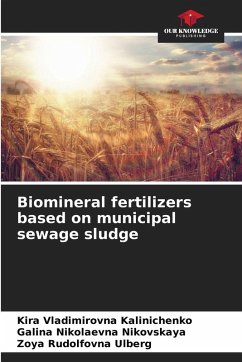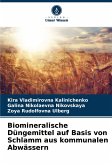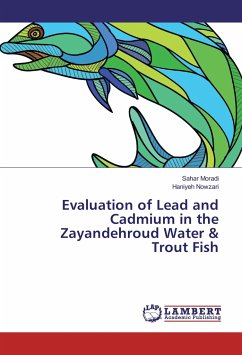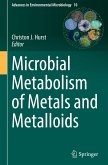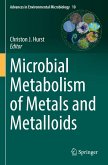As a result of widespread biological treatment of municipal wastewater around the world, millions of tons of sludge contaminated with heavy metals are generated annually. These are sedimentation-stable concentrated suspensions containing biological cells, their metabolites, substances of natural and anthropogenic origin, including heavy metal compounds. After being evacuated to sludge fields covering vast suburban areas, sludge suspensions turn into gel-like sediments. The disposal of sludge waste is a pressing issue for the entire global community. Due to the presence of macro- and microelements, beneficial microorganisms, vitamins, amino acids, and organic matter, the most rational use is as fertilizer after the removal of heavy metals. Modern research shows that this problem can be solved by leaching with the participation of sludge heterotrophic microorganisms.
Bitte wählen Sie Ihr Anliegen aus.
Rechnungen
Retourenschein anfordern
Bestellstatus
Storno

